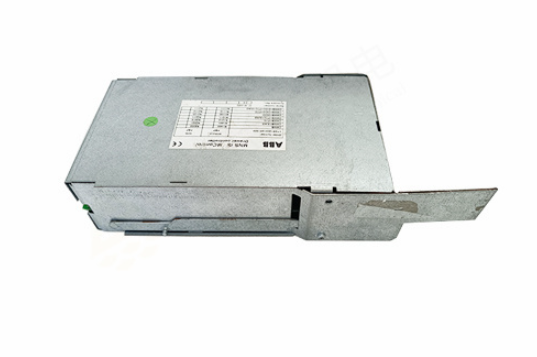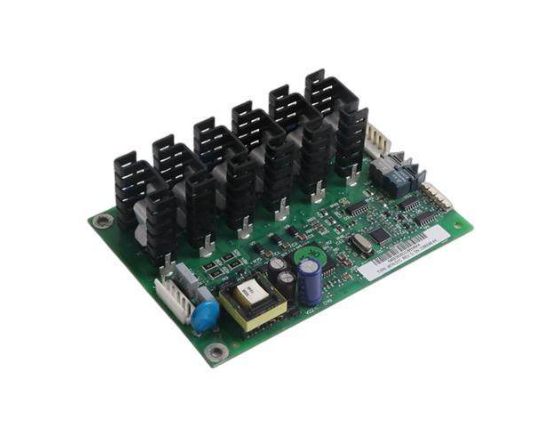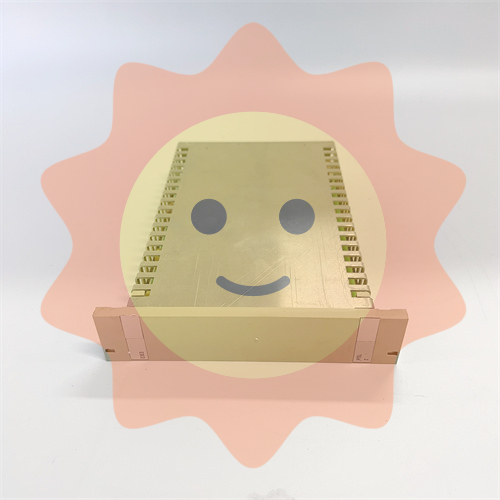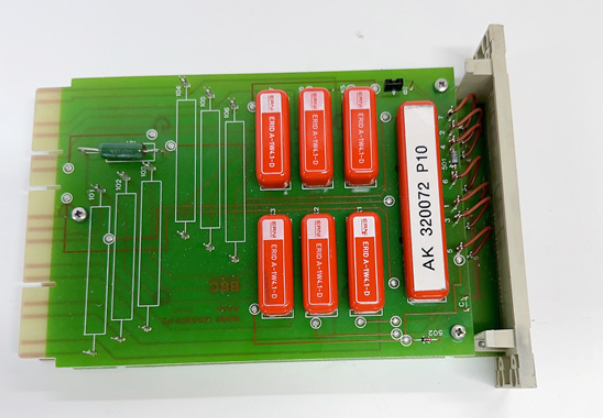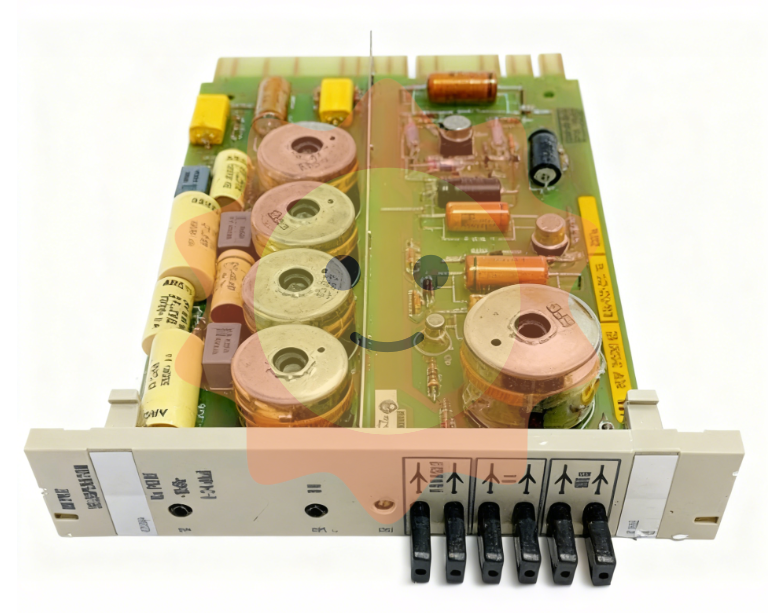The structure, problems and trends of China's electric power energy during energy transition
The main characteristics of China's electric power energy structure
The characteristics of China's electric power energy structure can be mainly explained from several aspects: first, the position of electric power in a national energy service, the second is the low-carbon power generation structure, the third is the grid structure, and the fourth is the user side power structure.
The role of electricity in energy services.
Electricity is a high-quality energy source that serves a large number of businesses and residents through an ever-expanding power grid. However, from the perspective of final energy consumption, electricity is always only one source of energy to provide energy services. As shown in Table 1, the proportion of electricity in terminal energy consumption in 2018, the world average level reached 19.2%, ranking second. At the top of the list is oil (41%), followed by heat (14.3%) and coal (10.4%). North America, the European Union and other developed countries accounted for about 21% of the electricity, Asian countries accounted for a generally high proportion of electricity, Japan, South Korea and China were 28.9%, 25.1% and 23.9%, respectively. According to the most optimistic estimates of the State Grid Energy Institute, by 2050, China's electricity will account for 50% of energy consumption in the terminal sector, but half of it will still be non-electric energy.

China's power generation structure shows low carbon trend.
At present, thermal power still occupies an absolutely dominant position in China's power generation structure. Installed power generation and power generation began to enter a low-speed growth stage from high-speed growth, from double-digit growth to single-digit growth. Whether it is installed power generation capacity or electricity generation, there is a trend of expanding the proportion of renewable energy. In 2019, the installed power generation capacity was 59.2%, and the installed capacity of non-fossil energy (including nuclear power, hydropower, wind power, photovoltaic power generation) accounted for 40.8%. The share of thermal power in power generation has shown a downward trend since 2011, while the share of nuclear power, hydropower, wind power photovoltaic power generation has steadily increased. In 2019, thermal power accounted for 68.9% of China's electricity generation, and non-fossil energy generation accounted for 31.1%.

China's power investment is mainly power grid investment, power investment is mainly non-fossil energy installed.
Since 2013, the momentum of power investment in China has been reversed, and power grid investment has continued to exceed power investment (Figure 3). In 2019, the national power investment was 799.5 billion yuan, down 2% year-on-year. Among them, power grid investment was 485.6 billion yuan, a decrease of 9.6%, accounting for 61% of the total investment in electricity, power investment was 313.9 billion yuan, an increase of 12.6%, of which thermal power investment accounted for only 20%, the rest are wind power, hydropower, nuclear power and solar power and other non-fossil energy power investment. Investment in non-fossil power sources has exceeded investment in thermal power across the board (Figure 4).
The installed scale of thermal power generation tends to be large-scale, and photovoltaic power generation tends to be distributed.
First, from the perspective of thermal power installed capacity, its installed capacity is expanding day by day. In order to reduce pollutant emissions and reduce coal consumption per unit of power generation, in 2004, the National Development and Reform Commission issued the technical standards for new coal-fired power stations, requiring that the capacity of new thermal power stations should be in principle 600,000 kilowatts and above, and power generation coal consumption should be controlled below 286 grams of standard coal/KWH. In 2019, 44.7 percent of the capacity of in-service thermal power units was 600,000 kilowatts and above. Second, in the renewable energy, the early construction of photovoltaic power generation is mostly large-scale centralized power stations, mainly built in the northwest of the area rich in solar energy resources. In 2016, the share of centralized photovoltaic power stations still accounted for 86.7% of photovoltaic power stations. By the first September of 2019, this share had fallen to 69.1%, while the share of rooftop distributed PV plants had risen to 30.9%. New photovoltaic power plants are also gradually developing from west to east. In the first three quarters of 2019, the new photovoltaic power stations in North and Central China accounted for 52.6% of the year, and the new installed capacity in Northwest China accounted for only 26.9%.
Judging from the proportion of renewable energy generation, China is still in the primary stage of energy transformation.
Some experts mentioned that China's renewable energy development scale has surpassed the United States to become the world's first, is already the world's energy transition leader. Taking 2017 data as an example, China's total installed capacity of renewable energy is about 650 million kilowatts, accounting for 29.8% of the world's total installed capacity of renewable energy; Among them, the installed hydropower capacity (including pumped storage) is 341 million kW, accounting for 29.6% of the global installed hydropower capacity; Non-water renewable power capacity of 334 million kilowatts, equivalent to the total installed capacity of the EU 28 countries (320 million kilowatts), is the United States non-water renewable power installed capacity (161 million kilowatts) twice. In 2017, China's renewable energy generation completed 1.63 trillion KWH, accounting for 26.2% of the global renewable energy generation that year. China's renewable energy generation is 2.3 times that of the United States, 7.5 times that of Germany, 9.2 times that of Japan and 16.4 times that of the United Kingdom. The development of renewable energy does contribute to climate change, and in 2017, the reduction of carbon dioxide emissions due to the development of renewable energy was 1,494 million tons, accounting for 16.4% of the total emissions that year.


However, even if the leading position of renewable energy development scale determines China's role as a global pioneer in combating climate change, it does not mean that China is in the same position in terms of energy transition. Energy transition, in essence, is a country's internal energy substitution problem. Therefore, the relative amount of renewable energy, that is, the share in the energy system, better reflects the stage of the energy transition. As the share of renewable energy in the energy system increases to different levels, its development characteristics and problems are different.
Internationally, non-water renewable energy (wind power and photovoltaic power generation) accounts for the proportion of total power generation to measure the progress of energy transition, because wind power and photovoltaic power generation is not only the main force of new renewable energy generation in the future, but also the biggest impact on the old power system of renewable energy. As shown in Figure 5, in China, the United States, India, Canada, Japan and other countries, the share of total electricity generation is less than 10%, which belongs to the primary stage of energy transformation.
The structural problems of China's electric power energy are viewed from the energy transition trend
To understand the problems existing in the power supply structure, there needs to be a potential evaluation standard. In other words, what criteria are used to evaluate whether a certain feature is a strength or a problem. It is necessary to think about the power energy structure and even the whole problem of the current power system from the perspective of the trend and logic of energy transformation.
The impact of energy transition on the power sector
This energy transition is driven by the response to climate change, and the ultimate goal is to significantly reduce carbon dioxide emissions from human activities and curb global warming. Energy transformation is the most basic and lasting factor affecting all energy industries, including the power industry, in the next 50 years, and will have a profound impact on the development direction of the power industry, business models and power systems.
Trends in energy transition. By gradually reducing the carbon emissions generated in energy production and consumption, gradually building an energy system based on zero-carbon energy sources. The core task of the transition is to promote the current energy system dominated by fossil energy, to the energy system dominated by renewable energy.
Two pillars of the energy transition. From the practice of various countries, the realization of low-carbon to zero-carbon energy depends on vigorously improving energy efficiency and reducing the total consumption of fossil energy; Second, we will vigorously develop renewable energy. The key to the transformation is the transformation of energy system, of which the transformation of power system is the key.
Impact on the power industry. The requirements of energy transformation are specific to the power industry, and its impact is mainly manifested in two aspects: low-carbon power generation, grid and electricity consumption; The second is the digitization of the entire power system, using digital technology to adapt to the challenges in the process of energy transition and better adapt to the changing needs of users.

Problems existing in the current power structure
Talking about the power structure from the perspective of low-carbon, it is natural to mention that the proportion of thermal power is too high. However, the author believes that this is only a phased feature of China's power industry, because the proportion of thermal power has indeed continued to decline in recent years, and the installed capacity and power generation of non-fossil energy have steadily increased. And the coal-based energy structure, it is impossible to quickly leapfrog to low-carbon electricity.
First of all, the poor flexibility of China's power system is the fundamental problem, which is far from meeting the requirements of energy transformation at this stage.
With the increase of the proportion of wind and electricity with the characteristics of volatility, the power system must be more flexible to cope with this volatility. Based on European experience, there are five common ways to increase the volatility of existing power systems:
The first is to improve the flexibility of other power plants in addition to wind and photovoltaic. Including the flexible transformation of coal-fired generating units, reduce the minimum power of the plant, increase the maximum load gradient increase, shorten the start-up time, etc. Cogeneration power plants can import heat energy into energy storage systems or central heating networks, which can expand the regulation range of their output.
The second is to strengthen the interconnection of regional power grids, give play to the role of adjacent power grids as "indirect energy storage systems", optimize resource utilization, and reduce the overall cost of the system.
The third is to improve the flexibility of the power demand side, mainly by integrating technical means such as energy storage, heat pumps, electric vehicles, and smart meters to improve the adjustability of the load.
The fourth is to develop renewable energy heating, increase heat storage devices, and increase the flexibility of power plants. Compared with electricity storage, heat storage is technically easier to achieve, and the cost is relatively low.
The fifth is to use energy storage technology on the production side, the power grid side and the user side to improve the flexibility of these links.
At present, in addition to the flexible transformation of coal power units and the high cost of electrochemical energy storage, the remaining four ways are in our country because of various obstacles, either no action or very limited effect, resulting in the flexibility of the current power system is still very poor. Of course, more importantly, over the years, the development of power supplies and grid planning do not match, and thus there is a high proportion of wind power that cannot be connected to the Internet in the initial stage of energy transformation.
Secondly, there is an inherent contradiction between the large scale of thermal power units and the flexibility of power system.
At present, many power policy ideas largely ignore the impact of the energy transition. The most typical is the power industry energy-saving emission reduction and elimination of backward production capacity in the policy has been respected, and has been promoted to other industries on the "pressure on the small" policy. Since then, the standard for shutting down small thermal power units has been continuously improved. At present, it has been required that 200,000 and less kilowatt thermal power units must be closed, and to encourage large units. According to statistics, 600,000-kilowatt and above thermal power units accounted for more than 44% of all units.

However, increasing the size of thermal power units is inherently not conducive to improving the flexibility of the power system. Because with the further increase in the proportion of renewable energy generation units, thermal power units will change from base load power to backup power in the future. In other words, at the peak of solar power generation, a large number of thermal power units must stop or operate at low load to give priority to solar power generation; When the wind power output falls down, the thermal power unit should be topped up immediately. This requires the thermal power unit to have enough flexibility. Obviously, the larger the unit, the less flexibility. In addition, if the 600,000-kilowatt supercritical unit is operated at low load, coal consumption and emissions will be greatly increased, and the purpose of energy conservation and emission reduction can not be fully realized.
Third, the power grid structure with strong transmission network and weak distribution network cannot meet the needs of user-side changes.
Energy transformation for the power system, there will be at least two major directional changes: first, with the emergence of a large number of distributed photovoltaic, small biomass power stations, multi-energy complementary microgrids, etc., on the user side, the electric energy of the power system will be one-way flow from the production end to the consumption end, into a two-way flow (the user also produces electric energy - that is, prosumer); The second is the transformation of power grid from vertically integrated centralized power grid to distributed flat power grid.
Both of these changes require a digital, intelligent and locally balanced local distribution network. Whether it is due to the need for the "integration" of a large number of small distributed power stations, or the need for distributed access of a large number of energy storage equipment, electric enterprises and other distributed access to optimize the operation and control of the distribution network, it is urgent to accelerate the transformation of the distribution network.
The technical level of China's transmission grid is considered to be the world's leading in the industry, but for a long time, China's investment is "heavy transmission light distribution", resulting in weak grid structure and low level of automation; The segmentation of basic data is seriously unable to be shared, and the level of informatization is low, which is far from meeting the challenges brought by the process of power system transformation, nor can it adapt to the requirements of future smart cities and low-carbon development.
Future trends of power structure
The future development trend of the power structure is described from two perspectives, one is a "scenario analysis" of the future power structure according to the requirements of energy transformation, and the other is that the energy transformation leads to changes in the power system from the structural aspect, that is, the power system transformation.
Institutions have different views on how low-carbon the future electricity mix (supply or consumption) should be. In general, renewable energy research institutions tend to be largely optimistic, while the various reports issued by fossil energy groups are largely conservative estimates. Whether optimistic or conservative, they simply reflect "scenario analysis" under given conditions. What matters is how the conditions for this scenario can be achieved.

As can be seen from Figure 6, compared with the base scenario, the installed structure of the sustainable development scenario increases the share of photovoltaic power by 8%, wind power by 4% and nuclear power by 1%, while gas and coal power generation decrease by 1% and 12% respectively. In terms of power generation structure, in the sustainable development scenario, photovoltaic power generation increased by 8%, wind power increased by 6%, hydropower increased by 4%, nuclear power increased by 4%, gas-fired power generation remained unchanged, while coal-fired power generation decreased significantly by 24%.
Excessive attention to scenario analysis, easy to lead to a tendency: the power transition is simply understood as increasing the proportion of renewable energy in the power generation structure, which will tend to take the traditional "big dry fast" (such as the construction of wind power Three Gorges) way, significantly increase the proportion of renewable energy in the short term. When the proportion of renewable energy is relatively small, the contradiction between fossil energy and renewable energy is not large, but with the further increase of the proportion of renewable energy, the contradiction of interests between the two will inevitably lead to the development of renewable energy faces various obstacles. Just like the problem we face today, the grid assumes that it doesn't need to make big changes and blames the conflict on the renewable energy producers.
- EMERSON
- Honeywell
- CTI
- Rolls-Royce
- General Electric
- Woodward
- Yaskawa
- xYCOM
- Motorola
- Siemens
- Rockwell
- ABB
- B&R
- HIMA
- Construction site
- electricity
- Automobile market
- PLC
- DCS
- Motor drivers
- VSD
- Implications
- cement
- CO2
- CEM
- methane
- Artificial intelligence
- Titanic
- Solar energy
- Hydrogen fuel cell
- Hydrogen and fuel cells
- Hydrogen and oxygen fuel cells
- tyre
- Chemical fiber
- dynamo
- corpuscle
- Pulp and paper
- printing
- fossil
- FANUC
- Food and beverage
- Life science
- Sewage treatment
- Personal care
- electricity
- boats
- infrastructure
- Automobile industry
- metallurgy
- Nuclear power generation
- Geothermal power generation
- Water and wastewater
- Infrastructure construction
- Mine hazard
- steel
- papermaking
- Natural gas industry
- Infrastructure construction
- Power and energy
- Rubber and plastic
- Renewable energy
- pharmacy
- mining
- Plastic industry
- Schneider
- Kongsberg
- NI
- Wind energy
- International petroleum
- International new energy network
- gas
- WATLOW
- ProSoft
- SEW
- wind
- ADVANCED
- Reliance
- YOKOGAWA
- TRICONEX
- FOXBORO
- METSO
- MAN
- Advantest
- ADVANCED
- ALSTOM
- Control Wave
- AB
- AMAT
- STUDER
- KONGSBERG
- MOTOROLA
- DANAHER MOTION
- Bently
- Galil
- EATON
- MOLEX
- Triconex
- DEIF
- B&W
- ZYGO
- Aerotech
- DANFOSS
- KOLLMORGEN
- Beijer
- Endress+Hauser
- MOOG
- KB
- Moxa
- Rexroth


Email:wang@kongjiangauto.com

